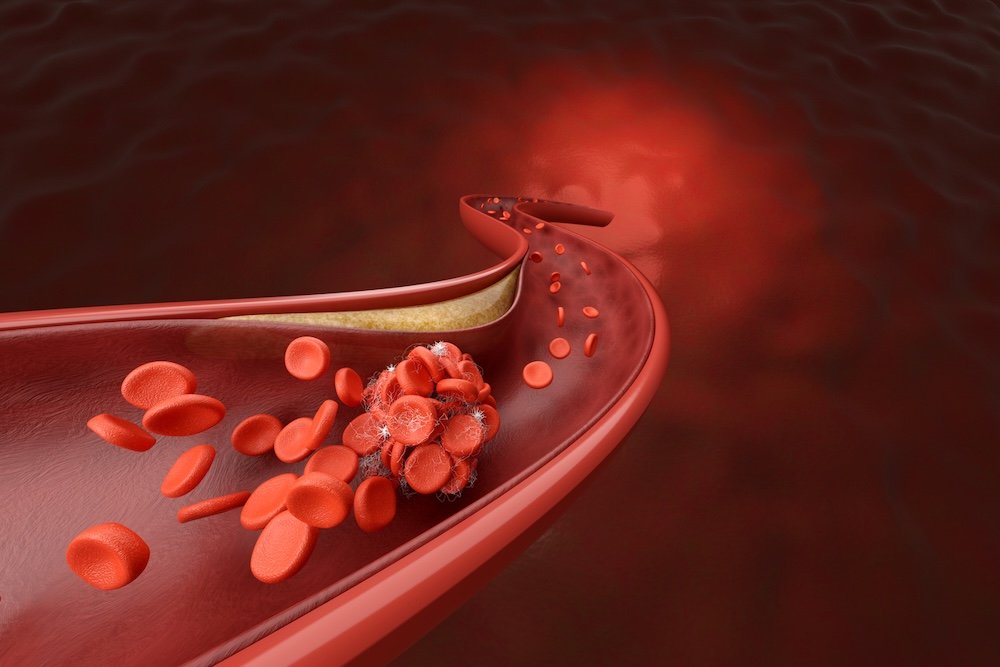Posted by Alan Misenheimer
Estimated Reading Time 1 minute 42 seconds
Blood Clots: Why They’re Dangerous and What to Watch For

Blood clotting is a normal and essential process that helps your body stop bleeding after an injury. However, when clots form in the wrong place or fail to dissolve naturally, they can become life-threatening. These abnormal clots can block blood flow to vital organs, causing serious medical emergencies such as stroke, heart attack, or pulmonary embolism. Understanding how blood clots form, what symptoms to look for, and when to seek help can make all the difference.
Why Blood Clots Are Dangerous
Blood clots can form in arteries or veins. When they develop in the veins of the legs or pelvis, the condition is known as deep vein thrombosis (DVT). A DVT can become dangerous if part of the clot breaks off and travels to the lungs, causing a pulmonary embolism (PE). This can prevent oxygen from reaching the bloodstream and may quickly become fatal without emergency treatment.
Clots in arteries can block blood flow to the heart or brain. In these cases, the result may be a heart attack or stroke. Both require immediate medical attention.
Who Is at Risk
Certain factors increase the likelihood of developing a blood clot. These include prolonged immobility, such as after surgery or long flights, smoking, obesity, pregnancy, and certain medications such as hormone replacement therapy or birth control pills. People with cancer, autoimmune disorders, or a family history of clotting conditions are also at higher risk.
Warning Signs to Watch For
The symptoms of a blood clot can vary depending on where it forms, but some common signs include:
- Swelling, pain, or tenderness in one leg
- Warmth and redness over the affected area
- Sudden shortness of breath
- Sharp chest pain that worsens with deep breathing
- Rapid heartbeat or unexplained coughing
If you experience any of these symptoms, especially shortness of breath or chest pain, seek emergency medical care immediately.
What to Do If You Suspect a Blood Clot
Do not ignore your symptoms or try to treat them at home. Contact a healthcare provider right away or go to the nearest emergency room. Early diagnosis through imaging tests can help prevent serious complications.
If you are at risk, your doctor may recommend lifestyle changes, medications to thin the blood, or compression stockings to improve circulation.
Blood clots can be frightening, but awareness and quick action save lives. Know your risk factors, stay alert to symptoms, and talk to your healthcare provider about prevention strategies that work for you.
Senior Solutions GroupInsurance Options Througout All Stages of Life
- To speak with a licensed insurance agent, call (704) 213-6712
(TTY 711, M-F 9am-5pm)
- NC License #8841228 | Also Licensed in SC, VA, MO, GA, DE, PA, TN, NV, and AR
- 1620 S Martin Luther King Jr Ave.
Ste 103
Salisbury, NC 28144
Have You Watched Our Medicare Essentials Video Quick-Course?
This video tutorial covers the basic elements of Medicare in a format that is easy to understand and you can watch it from the comfort of home! It’s yours at no cost and no obligation, just tell us where we should send it!
Get Free Assistance
Friendly, licensed professionals are available to answer all of your questions at no cost to you. Call (704) 213-6712 or complete the form below and we’d be happy to reach out to you.
